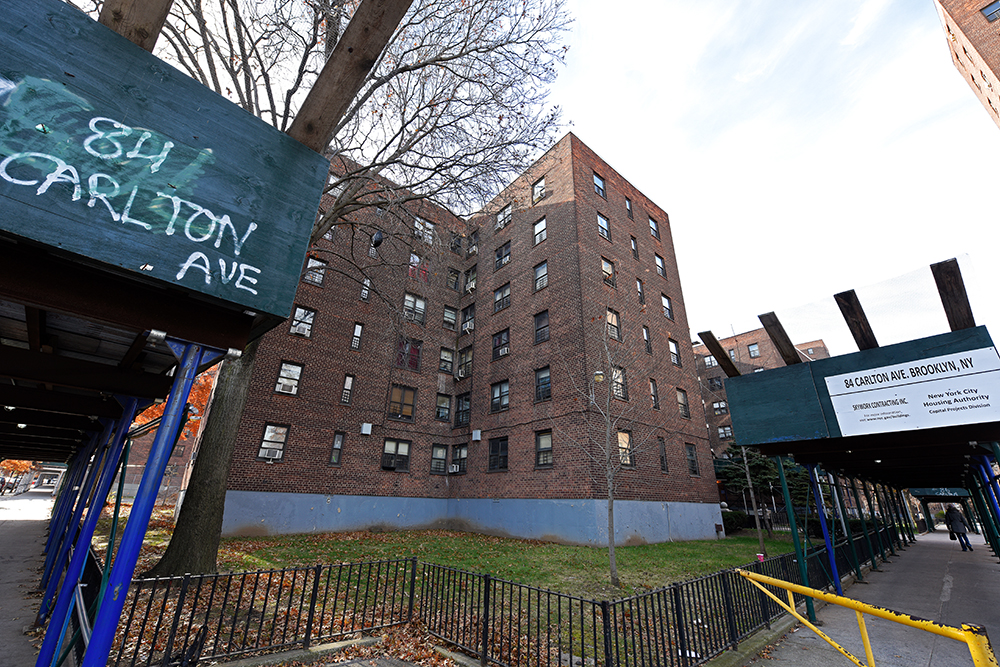Acting United States Attorneys Audrey Strauss and Seth DuCharme announced today that Assistant United States Attorneys (AUSAs) will lead the efforts of their Offices in connection with the Justice Department’s nationwide Election Day Program for the upcoming November 3, 2020, general election. AUSA Erik Paulsen has been appointed to serve as the District Election Officer (DEO) for the Eastern District of New York, and David J. Kennedy has been appointed to serve as the DEO for the Southern District of New York. In their capacity as DEOs, these AUSAs are responsible for overseeing the Districts’ handling of complaints of election fraud and voting rights concerns in consultation with Justice Department Headquarters in Washington.
Acting United States Attorneys Audrey Strauss and Seth DuCharme said: “Every citizen must be able to vote without interference or discrimination and to have that vote counted without it being stolen because of fraud. The Department of Justice will always act appropriately to protect the integrity of the election process.”
The Department of Justice has an important role in deterring election fraud and discrimination at the polls, and combating these violations whenever and wherever they occur. The Department’s long-standing Election Day Program furthers these goals and also seeks to ensure public confidence in the integrity of the election process by providing local points of contact within the Department for the public to report possible election fraud and voting rights violations while the polls are open through Election Day.
Federal law protects against such crimes as intimidating or bribing voters, buying and selling votes, impersonating voters, altering vote tallies, stuffing ballot boxes, and marking ballots for voters against their wishes or without their input. It also contains special protections for the rights of voters, and provides that they can vote free from acts that intimidate or harass them. For example, actions of persons designed to interrupt or intimidate voters at polling places by questioning or challenging them, or by photographing or videotaping them, under the pretext that these are actions to uncover illegal voting, may violate federal voting rights law. Further, federal law protects the right of voters to mark their own ballot or to be assisted by a person of their choice (where voters need assistance because of disability or illiteracy).
The franchise is the cornerstone of American democracy. We all must ensure that those who are entitled to the franchise exercise it if they choose, and that those who seek to corrupt it are brought to justice.
In order to respond to complaints of election fraud or voting rights concerns during the voting period that ends on November 3, 2020, and to ensure that such complaints are directed to the appropriate authorities, the Acting United States Attorneys said that their Offices will be available to receive complaints at the following numbers on Tuesday, November 3, 2020:
(646) 369-4739 (for Manhattan, Bronx, Dutchess, Orange, Putnam, Rockland, Sullivan, and Westchester counties) and
(718) 254-7000 (for Brooklyn, Queens, Staten Island, Nassau, and Suffolk counties)
In addition, the FBI will have special agents available in each field office and resident agency throughout the country to receive allegations of election fraud and other election abuses on Election Day. The local FBI field office can be reached by the public at (212) 384-1000.
Complaints about possible violations of the federal voting rights laws can be made directly to the Civil Rights Division in Washington, DC, by phone at 800-253-3931 or by complaint form at https://civilrights.justice.gov/.
Please note, however, in the case of a crime of violence or intimidation, please call 911 immediately and before contacting federal authorities. State and local police have primary jurisdiction over polling places, and almost always have faster reaction capacity in an emergency.
The Acting United States Attorneys also noted that the following additional telephone numbers are available on Election Day for citizens to call for routine inquiries, such as where to vote or how late the polls are open, or to register complaints that may concern violations of New York State election laws:
IN NEW YORK CITY
City Board of Elections
Main Office (866) 868-3692; TTY #: 212-487-5496
IN COUNTIES OUTSIDE NEW YORK CITY
County Boards of Elections
Dutchess (845) 486-2473
Nassau (516) 571-8683
Orange (845) 360-6500
Putnam (845) 808-1300
Rockland (845) 638-5172
Suffolk (631) 852-4500
Sullivan (845) 807-0400
Westchester (914) 995-5700
Acting United States Attorneys Strauss and DuCharme said: “Ensuring free and fair elections depends in large part on the cooperation of the American electorate. It is imperative that those who have specific information about discrimination or election fraud make that information available to my Office, the FBI, or the Civil Rights Division.”
